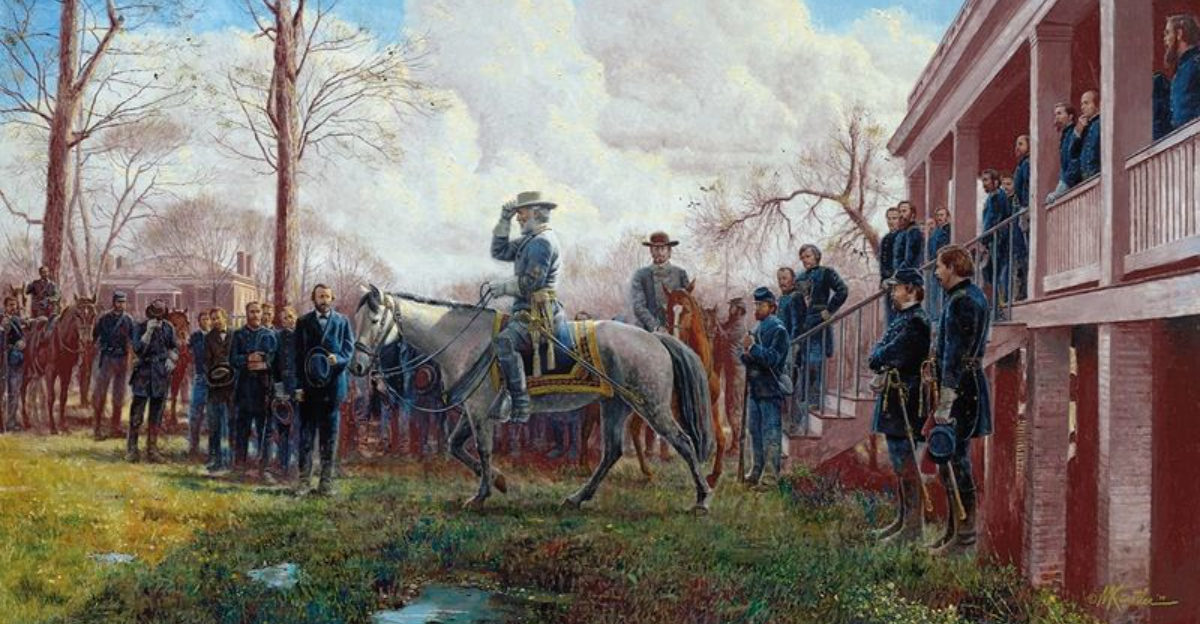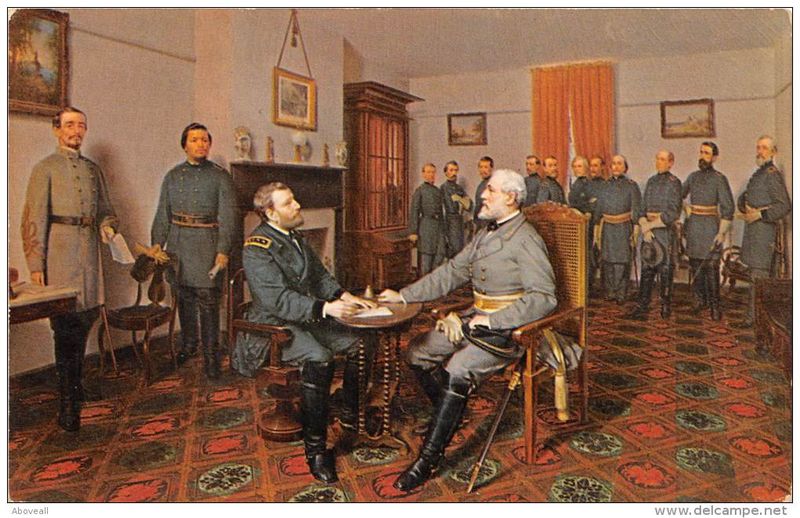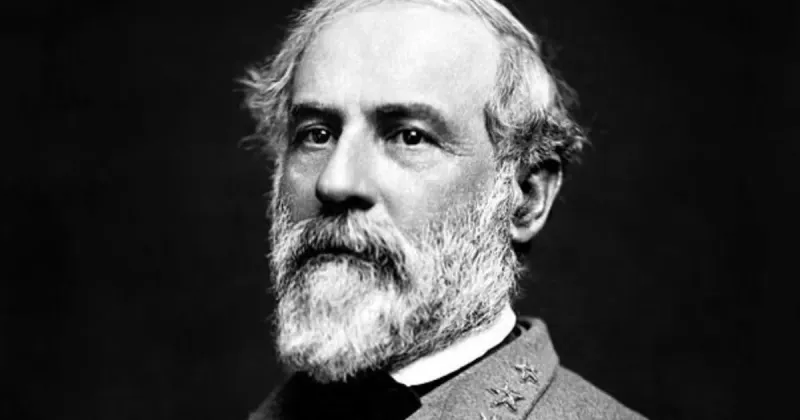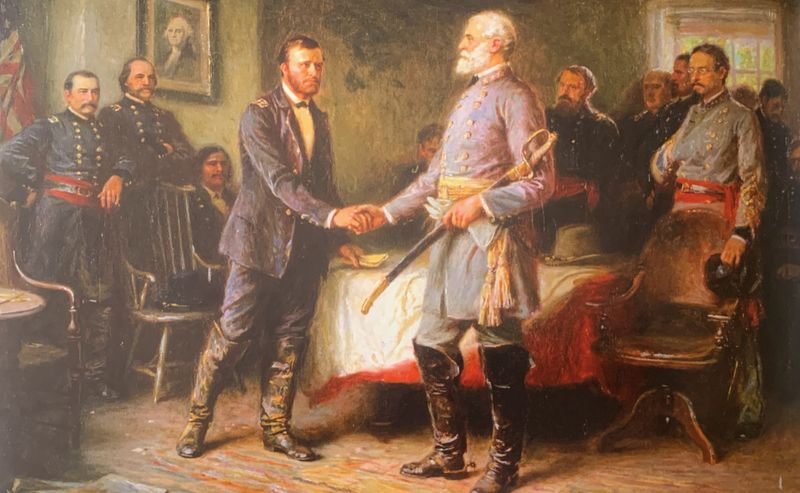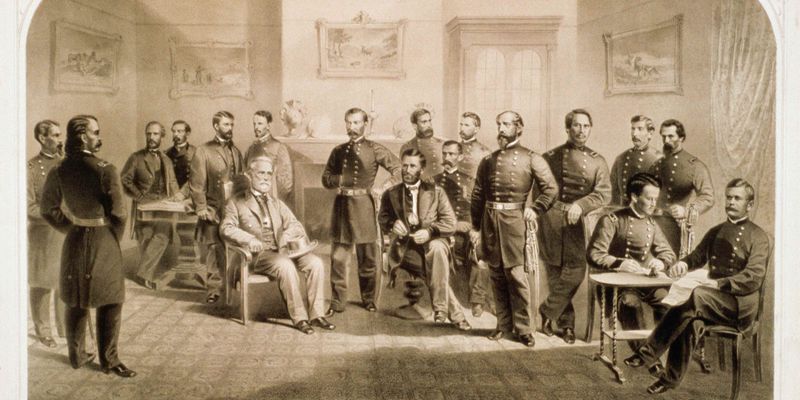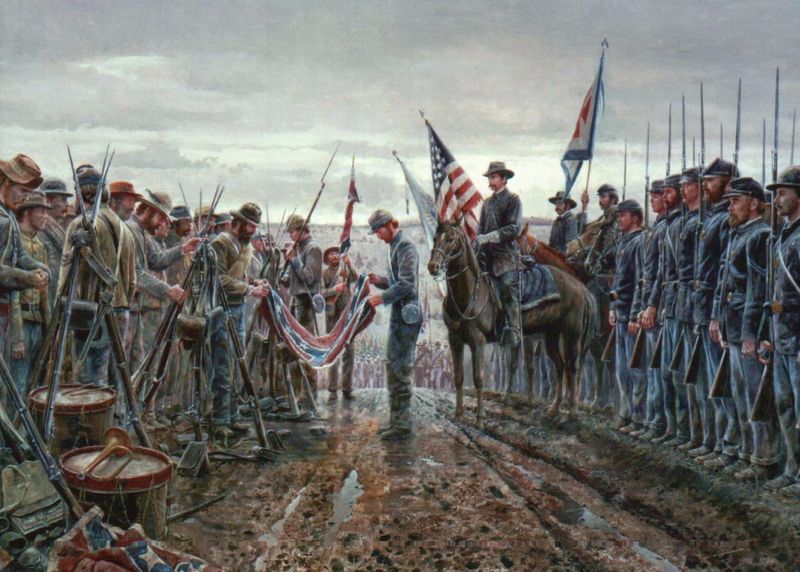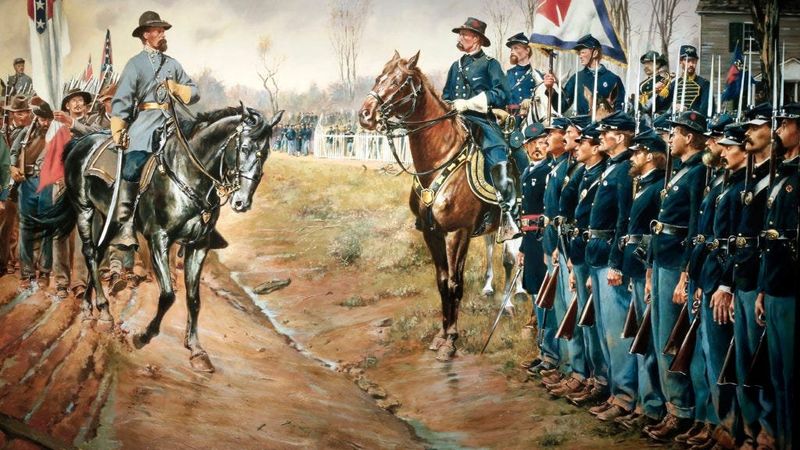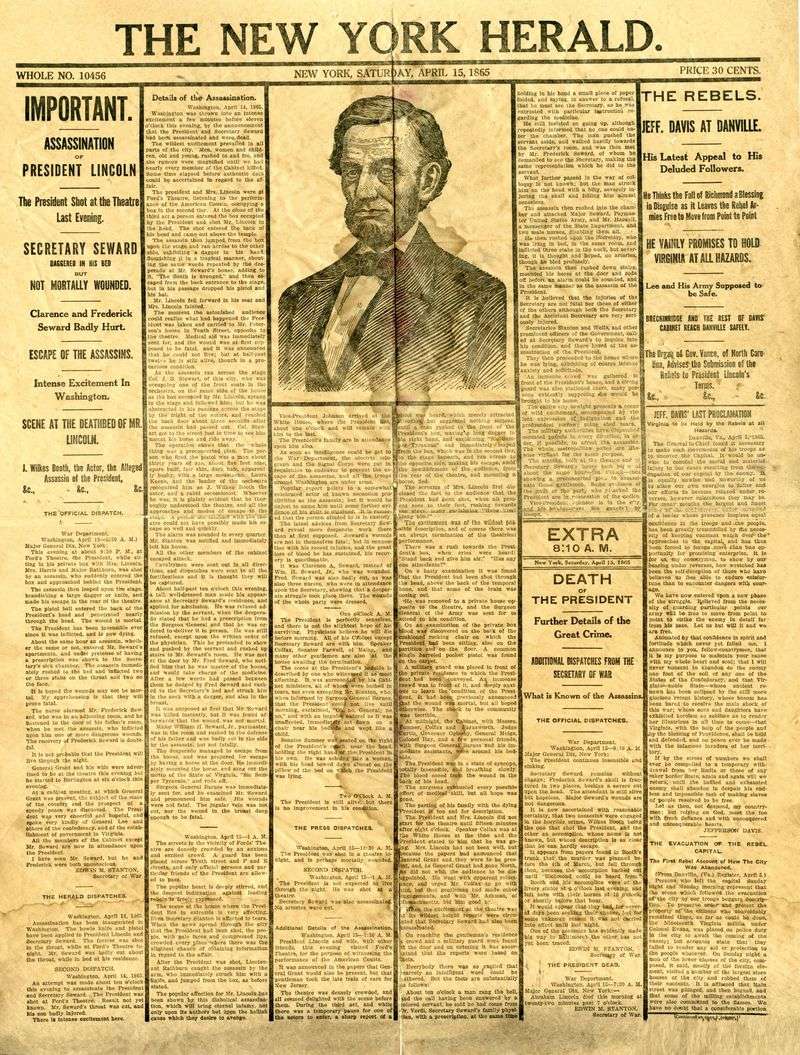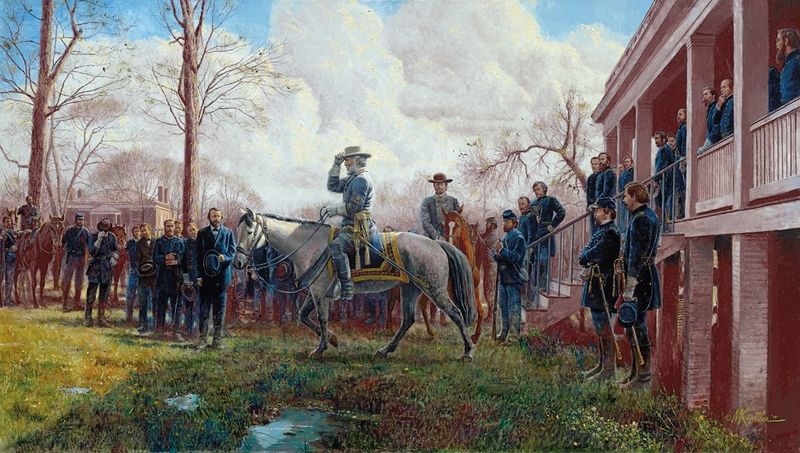On April 9, 1865, in the quiet village of Appomattox Court House, Virginia, a series of powerful, history-making moments brought the bloody American Civil War to its official end. It wasn’t just about a surrender — it was about respect, resilience, and the start of a national healing. These 11 key moments shaped that day and the future of a reunited America.
1. General Lee Realized Escape Was Impossible
With a heavy heart, General Robert E. Lee realized the futility of further resistance. His attempts to break through Union lines had failed, leaving his weary troops trapped. The realization dawned as he surveyed the surroundings — a landscape that had witnessed too much bloodshed. What options remained for a man whose strategy was now unraveling like threads in a storm? The answer was resignation, not only of a military position but of a cause. His thoughts turned to his men, their sacrifices, and what surrender might mean for their future.
2. Lee Requested a Meeting with Grant
In a moment of profound significance, General Lee penned a letter to Union General Ulysses S. Grant. The request was simple, yet monumental: a discussion on the possibility of surrender. Seated at a small desk, the weight of his words echoed through his mind. How does a leader seek terms from the adversary? The message was not just a tactical move but a gesture of impending peace. It was a plea for understanding, for the dignity of his men, and for the hope that the nation might heal.
3. The McLean House Became the Surrender Site
In an ironic twist of fate, the McLean House became the backdrop for the war’s conclusion. Wilmer McLean had moved there seeking refuge from the conflict that had once erupted on his doorstep. Yet, history found him again. As the scene unfolded, this quiet home transformed into a stage for reconciliation. Inside, the air was thick with anticipation, the walls witnesses to a pivotal chapter in history. A location meant for ordinary life now immortalized as a symbol of peace and new beginnings.
4. Lee Dressed in Full Uniform; Grant Wore Muddy Field Clothes
The meeting of Lee and Grant was marked by stark contrasts, not just in allegiance but appearance. Lee, ever the gentleman, wore his finest uniform, a remnant of dignity amidst defeat. Grant, in contrast, arrived in the attire of a soldier who had weathered the storm. Their handshake was a meeting of worlds, a convergence of past and future. How did they perceive each other in that moment? Respect, undoubtedly, but also a shared burden of rebuilding a fractured nation.
5. The Terms Were Surprisingly Generous
As the terms unfolded, they were met with surprise and relief. Grant’s generosity was unexpected; Confederate soldiers could keep their horses and return home. Was this an act of compassion or strategy? It was both. Grant’s decision was a balm for a wounded nation, a step towards healing. How might history have changed had the terms been harsher? The room filled with a sense of hope, the future uncertain yet promising. This was a gesture that spoke of reconciliation, not revenge.
6. Lee Signed the Surrender Documents
At approximately 3 p.m., history was etched into time. Lee’s signature marked the end of major hostilities. The act was both solemn and liberating. How does one capture the essence of such a moment? The room was still, the air charged with the weight of change. A document, simple yet monumental, held the power to reshape a nation. It was a moment where history paused, then moved forward, leaving behind a legacy of courage, loss, and hope for renewal.
7. Union Soldiers Saluted the Confederates
As Confederate soldiers laid down their arms, an unexpected gesture unfolded. Union soldiers, standing tall, offered a salute. It was an act of respect, a nod to shared humanity. How did this scene resonate with those present? It was a moment of silent reconciliation, where former foes acknowledged the bravery of their adversaries. The battlefield had transformed into a stage for understanding. This gesture went beyond military protocol, touching hearts and setting a tone for peace.
8. General Joshua Chamberlain Ordered ‘Carry Arms’
In a defining act of leadership, General Joshua Chamberlain ordered his men to ‘carry arms’ in salute to their defeated opponents. This was no mere military formality. It was a profound statement of respect and dignity. What led Chamberlain to break tradition in this way? It was an understanding of the power of gestures, of healing wounds unseen. His command was a bridge between past and future, a reminder that honor transcends victory. It was a moment that would be remembered for its humanity.
9. President Lincoln Received the News with Relief
In Washington, President Lincoln received the news with a palpable sense of relief. For a leader who had navigated the nation through turmoil, this was a moment of joy tempered with caution. How did he envision the path ahead? His focus was on rebuilding, on compassion, not retribution. This was a triumph not just of arms, but of ideals. The burden of leadership felt lighter, if only for a moment. His vision of a united country seemed within reach, even as new challenges loomed.
10. Parole Passes Were Issued to Confederate Soldiers
The issuance of parole passes was a pragmatic yet compassionate gesture. These documents granted former Confederate soldiers safe passage home. In a time of uncertainty, they were tickets to a future free from fear of retribution. How did these passes influence the post-war landscape? They were symbols of reconciliation, of a nation’s willingness to move forward. The logistics of peace were as crucial as the act itself, ensuring that healing could begin in earnest, without the specter of revenge.
11. The War’s Final Shot Was Never Fired
Though minor skirmishes persisted, the symbolic end of the Civil War came without a final shot. Appomattox became synonymous with peace. What does it mean for a war to end without a final act of violence? It was a testament to the power of agreement over aggression. The echoes of cannon fire faded, replaced by the whispers of diplomacy and future rebuilding. This was a close of a dark chapter, a hopeful pause before the next steps toward unity and recovery.
